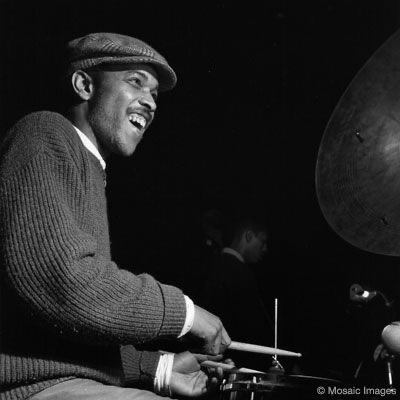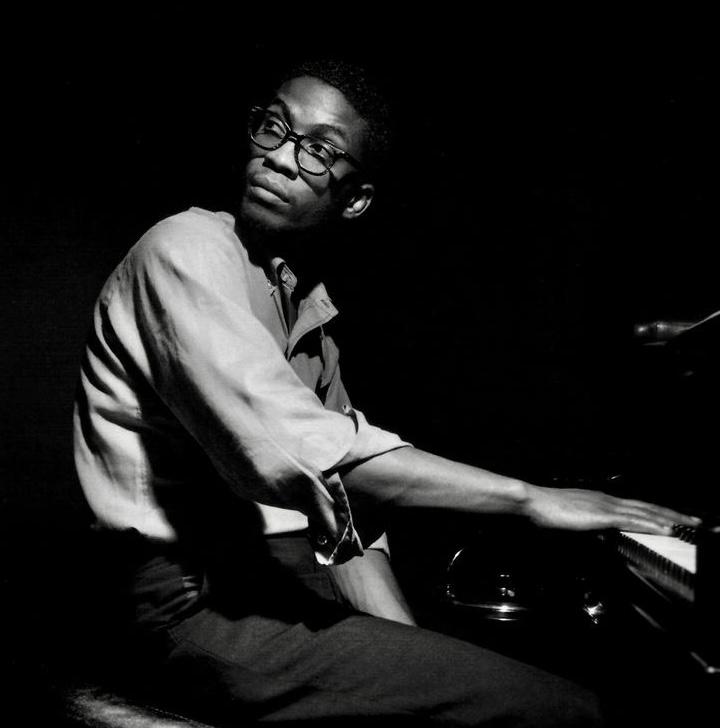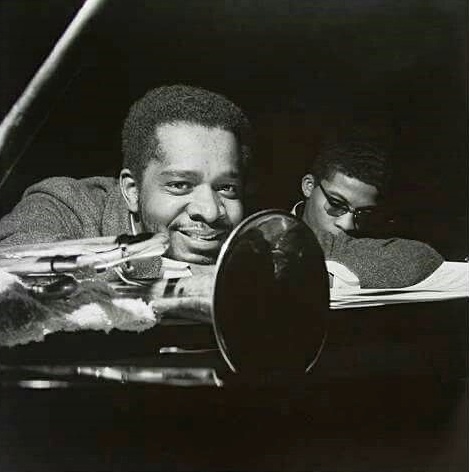Dive into the Power & Passion of ‘Tenor Madness
In the vast panorama of jazz, Sonny Rollins’ “Tenor…
The echo of the first note of Donald Byrd‘s 1961 album, “Royal Flush,” resonates with the unmistakable vitality of hard bop. Each track, from “Hush” to “Requiem,” carries the hallmark of its creator’s distinctive style, the richness of the quintet’s combined experience, and the anticipation of an era in jazz that was yet to come.

On September 21, 1961, Byrd and his band stepped into Rudy Van Gelder’s New Jersey recording studio. Blue Note Records, a label synonymous with exceptional jazz, was backing this enterprise. The studio, like a crucible, was set to forge an album that would become part of Blue Note’s glittering legacy.
Donald Byrd, not yet 29, was an old soul in the jazz world. His trumpet had harmonized with the best, from Art Blakey’s Jazz Messengers to John Coltrane and Horace Silver. Yet his unassuming demeanor belied his formidable resume. Byrd was a visionary, always peering over the horizon of his own achievements, thirsty for the next musical frontier.

Beside him stood a colossus of the baritone saxophone, Pepper Adams. A fellow veteran, Adams’s husky tones grounded the band’s sound. His experience and artistry were the perfect foil for Byrd’s piercing trumpet lines, a musical yin and yang of sorts.

A distinct rhythm section carved its niche into this rich tapestry. Butch Warren‘s bass pulsed in sync with Billy Higgins‘ drums. These two had honed their skills with free jazz pioneer Ornette Coleman. Now, their synchronicity bolstered Byrd’s quintet, creating a formidable rhythmic foundation.

Herbie Hancock, a relatively unknown 21-year-old pianist, was the wildcard in this established ensemble. Byrd had discovered him in Chicago and was captivated by his unique style. Hancock, with his evocative piano work, was the final piece of the puzzle, the last note in this remarkable chord.

“Hush,” the album’s opener, is a testament to Byrd’s vision and the quintet’s synergy. It’s an archetype of early 60s hard bop, combining blues and gospel inflections. The solos, particularly Byrd’s, inject personality into the structure, enriching the experience.
“I’m A Fool to Want You,” brings forth Byrd’s prowess as a balladeer. His luminous trumpet lines weave a tale of longing, with Hancock’s delicate chords providing a tender counterpoint. The rhythm section, meanwhile, maintains a slow, soft groove that cradles the melody.

The track “Shangri-La” is an auditory adventure. It features the quintet’s collective brilliance and individual artistry. Billy Higgins’s drums, rather than sticking to a fixed pattern, play a freer, individual role. This contributes to a jagged, stop-start feel, adding to the track’s appeal.
My personal favorite, “Requiem,” showcases Hancock’s compositional prowess. Despite its somber title, the music is far from morose. It starts with the call-and-response cadences of gospel music and evolves into a swinging groove. Each musician shines, presenting a sonic feast that ends the album on a high note.
“Royal Flush” is a masterstroke of hard bop. It’s characterized by vibrant horn lines, complex rhythm patterns, and a deep respect for blues and gospel music. Its themes span the gamut of human experience, from longing to joy, sorrow to celebration.
Upon its release, the album was appreciated for its originality and cohesion. Donald Byrd’s leadership and the quintet’s remarkable performances made “Royal Flush” a standout album. It represented an exciting new direction for jazz at a time when the genre was exploring new sounds and styles.
Today, “Royal Flush” is revered as a classic hard bop. Its enduring significance lies in its timeless appeal and its influence on the subsequent generations of jazz musicians. Byrd’s compositional genius, coupled with the quintet’s extraordinary performances, set a high bar for future jazz recordings.
Many contemporary musicians cite “Royal Flush” as a key influence. Kamasi Washington, renowned saxophonist and composer, has frequently mentioned the album as a critical inspiration. Similarly, Robert Glasper, whose fusion of jazz, hip-hop, and R&B has won him many accolades, has also noted the album’s impact on his work.
In conclusion, “Royal Flush” is more than just an album; it’s a moment in jazz history. It brings together a group of extraordinary musicians at the height of their creative powers to produce an album of lasting significance. From the opening notes of “Hush” to the closing chords of “Requiem,” it’s a musical journey that traverses the landscape of human emotion and leaves the listener in a state of awe and appreciation. An album that resonates with the listener long after the final note has been played, “Royal Flush” is a testament to the power of collaboration, the magic of creativity, and the timeless appeal of great music.